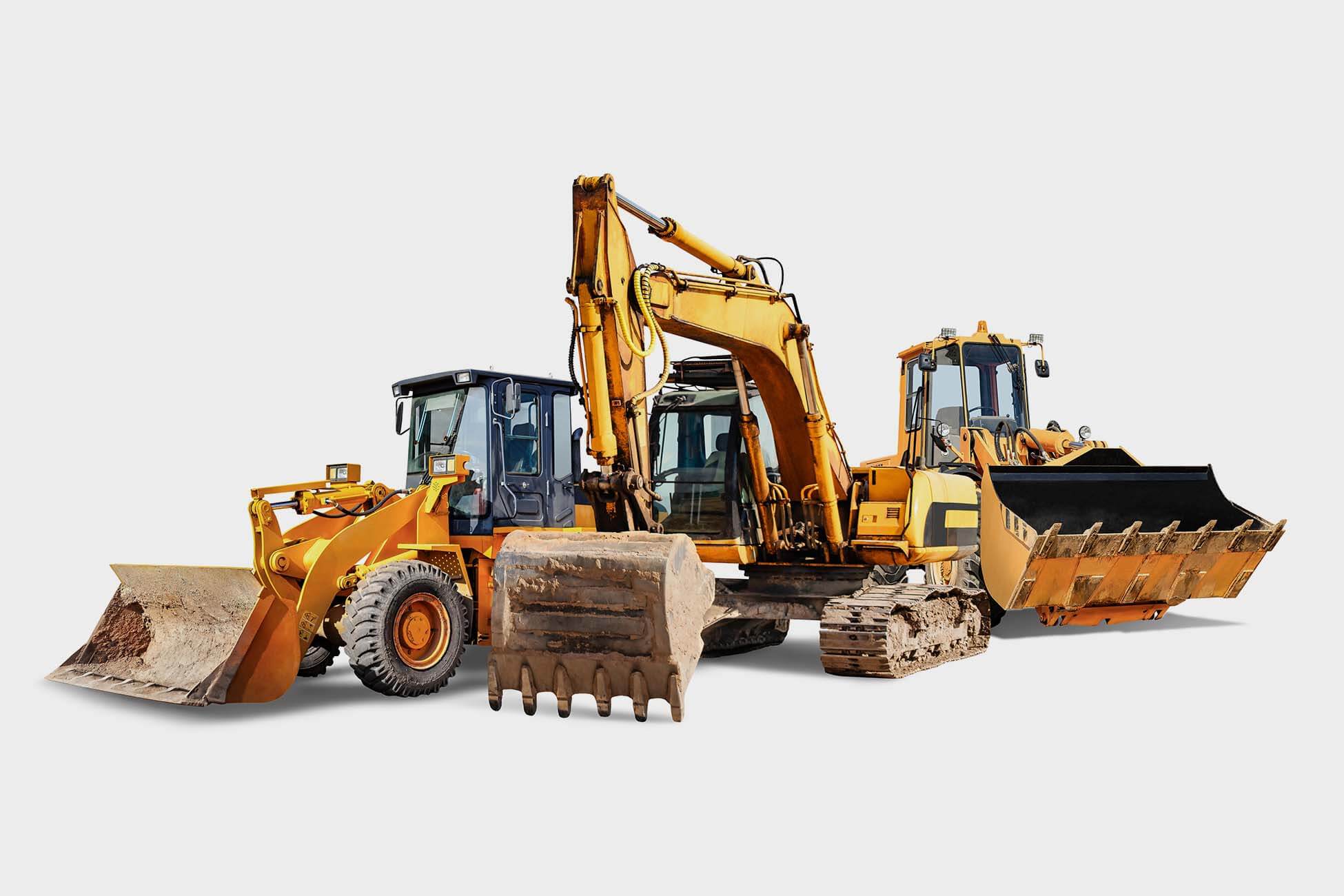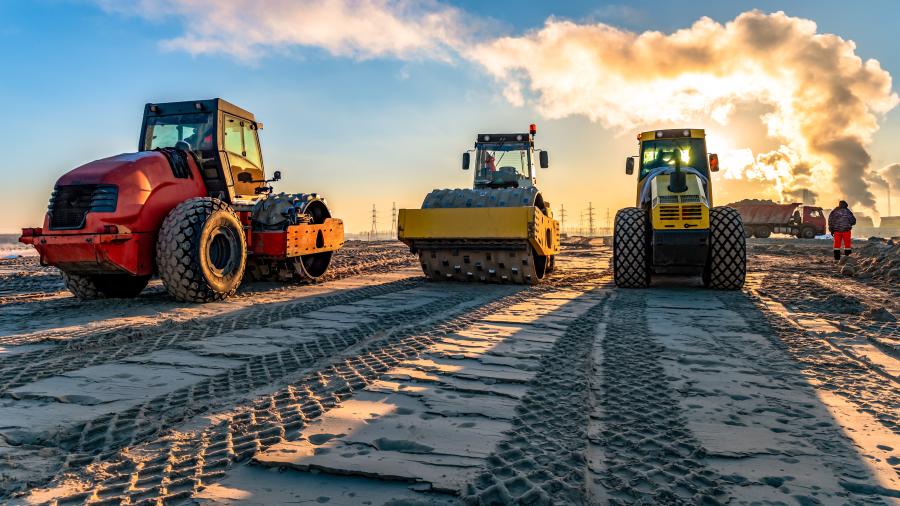Aerial Lift Rental Bremen, GA: Get To New Heights in Your Tasks
Aerial Lift Rental Bremen, GA: Get To New Heights in Your Tasks
Blog Article
The Fundamental Overview to Renting Excavators for Building And Construction Projects
Renting out excavators for construction jobs is a crucial choice that demands a thorough understanding of numerous aspects to ensure both effectiveness and cost-effectiveness. From picking the proper excavator kind and size to making certain and bargaining rental terms safety procedures, each action plays a crucial function in the total success of your project.
Types of Excavators
Excavators are available in numerous kinds, each made to execute specific tasks in building and construction projects. The most common type is the conventional excavator, likewise referred to as a spider excavator, which is common on many job sites for its adaptability in trenching, material, and excavating handling. These machines operate tracks, giving stability and wheelchair over irregular terrain.
One more crucial variation is the mini excavator, treasured for its small dimension and agility. Suitable for tiny to medium-sized tasks, mini excavators master restricted spaces where larger equipments would battle. They are often used for landscaping, energy work, and small-scale demolition.
For projects calling for extended reach, the long-reach excavator is indispensable. Furnished with a longer boom and arm, these machines can operate in locations that are challenging to access, such as across water bodies or deep excavations.
Lastly, there are specific excavators like the suction excavator, which uses high-powered followers to vacuum up dirt and debris, making it perfect for delicate underground energies. The dragline excavator, another specialized type, is usually made use of in large-scale civil engineering jobs like canal dredging and mining as a result of its capacity to raise hefty loads over cross countries.
Choosing the Right Size
Picking the ideal size of an excavator is essential for the effectiveness and success of any kind of building job. The dimension impacts not just the machine's ability to handle certain jobs yet additionally the functional costs and website accessibility. Excavators are available in different sizes, from compact systems ideal for small-scale domestic jobs to huge devices developed for comprehensive industrial or commercial endeavors.
Recognizing the scope of the project is necessary when choosing on the excavator size. Alternatively, large-scale earthmoving procedures, like road building and construction or large foundation digs, demand the use of conventional or big excavators.
Consider the site's terrain and access factors. Bigger excavators may encounter difficulties in irregular or tight areas, making smaller versions extra useful. By completely examining these factors, building and construction managers can guarantee they select an excavator dimension that maximizes efficiency and minimizes project hold-ups.
Rental Arrangement Essentials

Equally vital is the detailed break down of costs. This includes the day-to-day, weekly, or monthly rental rates, and any kind of additional fees such as distribution, cleaning, or fuel fees. It's suggested to ask about potential penalties for late returns or damages to stay clear of unexpected costs.
The condition of the excavator at the time of rental ought to additionally be well-documented. Make certain the arrangement consists of a complete official source assessment record that keeps in mind any type of pre-existing damage. This shields you from liability for issues that existed prior to your rental period started.
Verify whether the rental firm provides insurance coverage or if you need to protect your own policy. Knowing your responsibilities for maintenance throughout the rental duration will assist preserve the excavator in optimal functioning condition, reducing downtime and improving project efficiency.
Maintenance and Security Tips
When handling excavators on a building and construction site, sticking to appropriate maintenance and safety protocols is important for guaranteeing both operational performance and worker security. Lubricating moving components and ensuring fluid levels are optimum can avoid pricey downtime and prolong the machine's operational life expectancy.
Operators must be completely trained and certified to take care of excavators, recognizing the maker's constraints and controls. It's vital to perform daily inspections, concentrating on safety attributes such as alarm systems, seat belts, and emergency shutoff switches.
Carrying out a durable upkeep routine and cultivating a culture of safety find more can alleviate dangers dramatically. Constantly consult the supplier's manual for details maintenance periods and safety and security standards. By prioritizing these elements, construction projects can proceed smoothly, minimizing interruptions and guaranteeing a safe working atmosphere for all workers involved.
Cost-Saving Methods
When leasing excavators for building projects,Efficient cost-saving strategies are important for making the most of the return on financial investment. One crucial method is to perform a thorough demands assessment prior to service. Understanding the certain demands of your project assists in selecting the right type and size of excavator, avoiding unneeded expenses on extra-large or excessively specialized tools.
Lots of rental business supply flexible rates structures, specifically for long-term leasings. Developing a good connection with the rental supplier can likewise result in commitment discounts and far better terms.

Lastly, think about the complete cost of ownership, including fuel, transport, and insurance policy. Packing these solutions with the rental arrangement can commonly lead to a much more desirable overall plan. By executing these methods, Our site construction tasks can attain considerable expense effectiveness while guaranteeing operational effectiveness.
Conclusion
Finally, the strategic selection and rental of excavators for building and construction projects necessitate an extensive understanding of excavator kinds, proper sizing, and the intricacies of rental arrangements. Emphasizing regular upkeep and safety methods is vital to ensuring functional effectiveness and minimizing dangers. Applying cost-saving techniques via careful planning and settlement can further improve task efficiency while regulating expenditures. Sticking to these standards will contribute dramatically to the successful implementation of building undertakings.
From choosing the suitable excavator kind and size to discussing rental terms and making certain safety protocols, each step plays a critical duty in the general success of your job. aerial lift rental Bremen GA. The most usual type is the standard excavator, likewise recognized as a spider excavator, which is ubiquitous on many task sites for its versatility in trenching, digging, and product handling. By extensively assessing these variables, construction managers can guarantee they choose an excavator dimension that optimizes efficiency and minimizes project delays
Recognizing your responsibilities for upkeep during the rental period will aid preserve the excavator in ideal working condition, reducing downtime and enhancing task effectiveness.
In final thought, the tactical selection and rental of excavators for building jobs demand an extensive understanding of excavator kinds, appropriate sizing, and the complexities of rental contracts.
Report this page